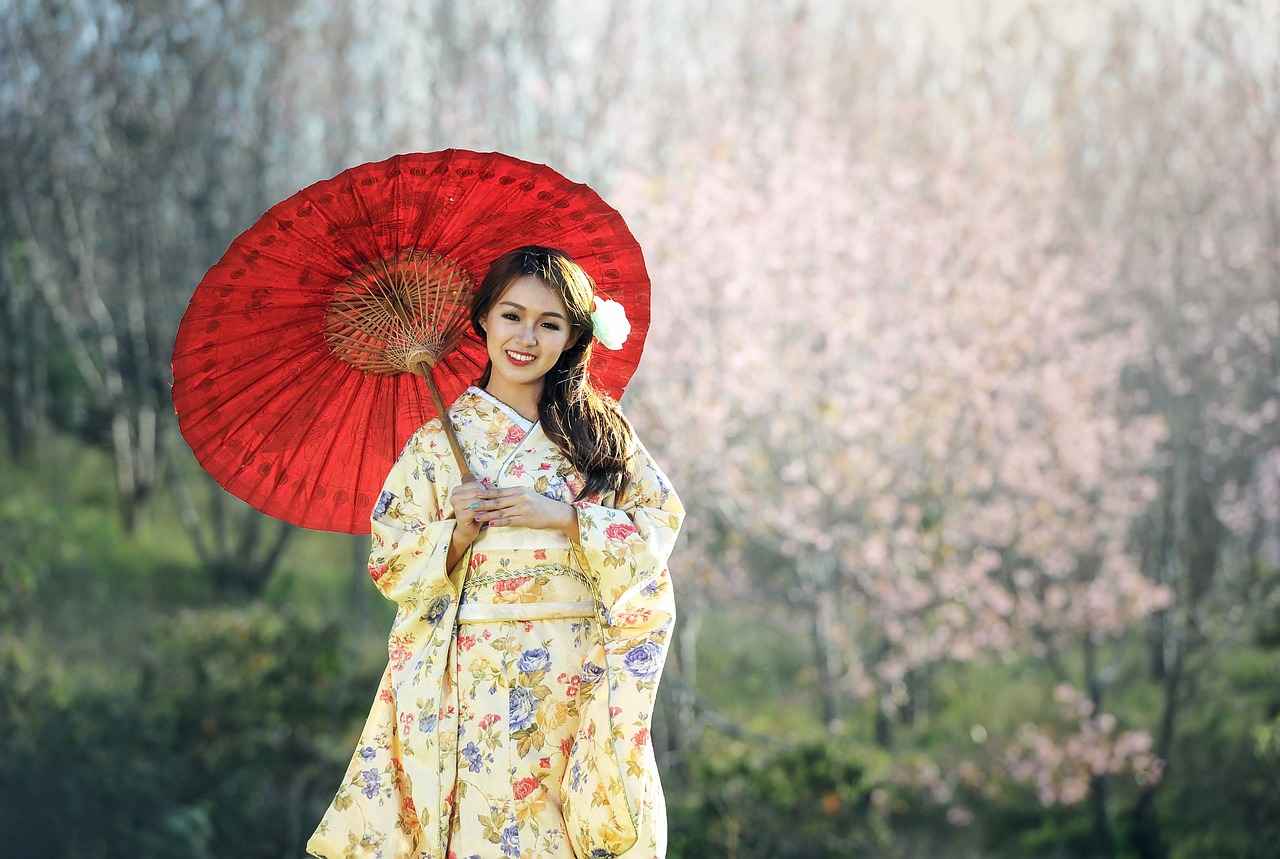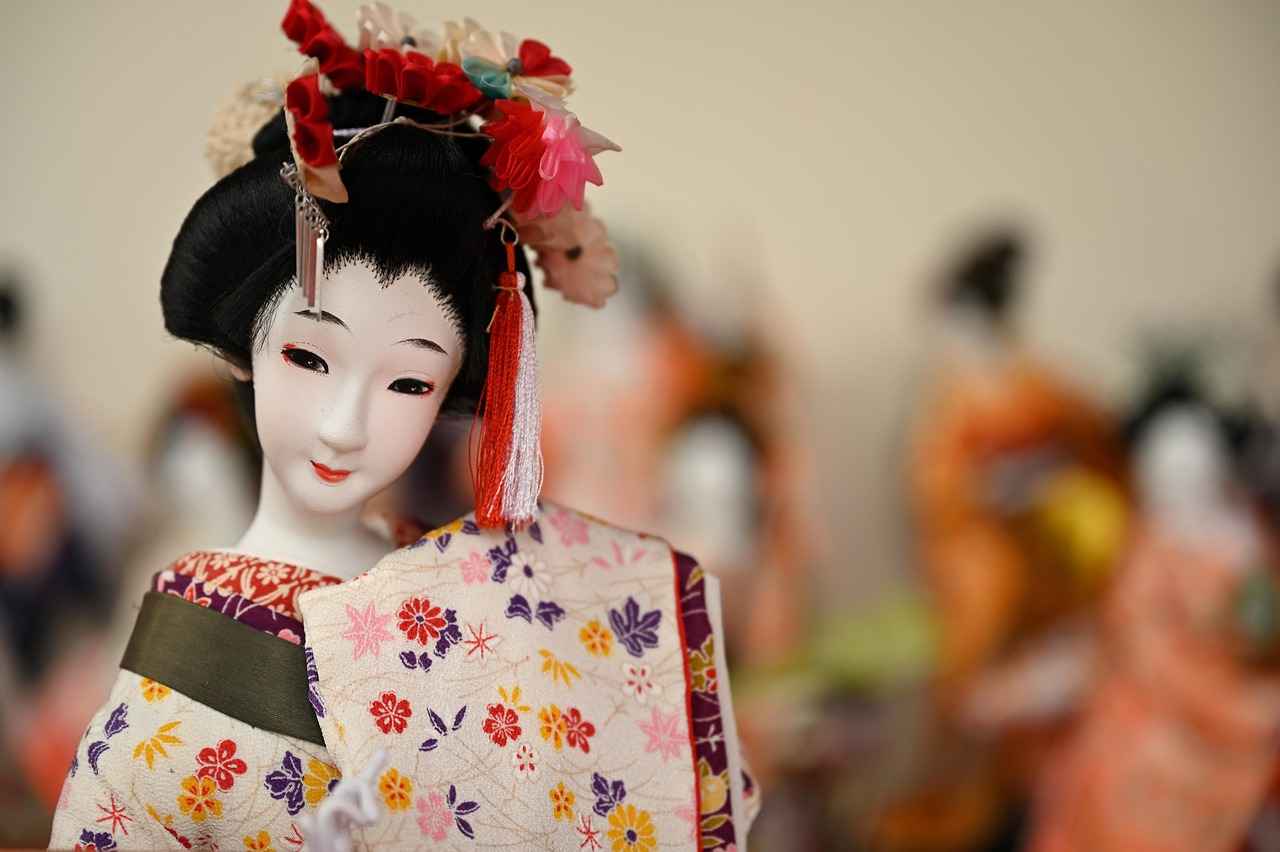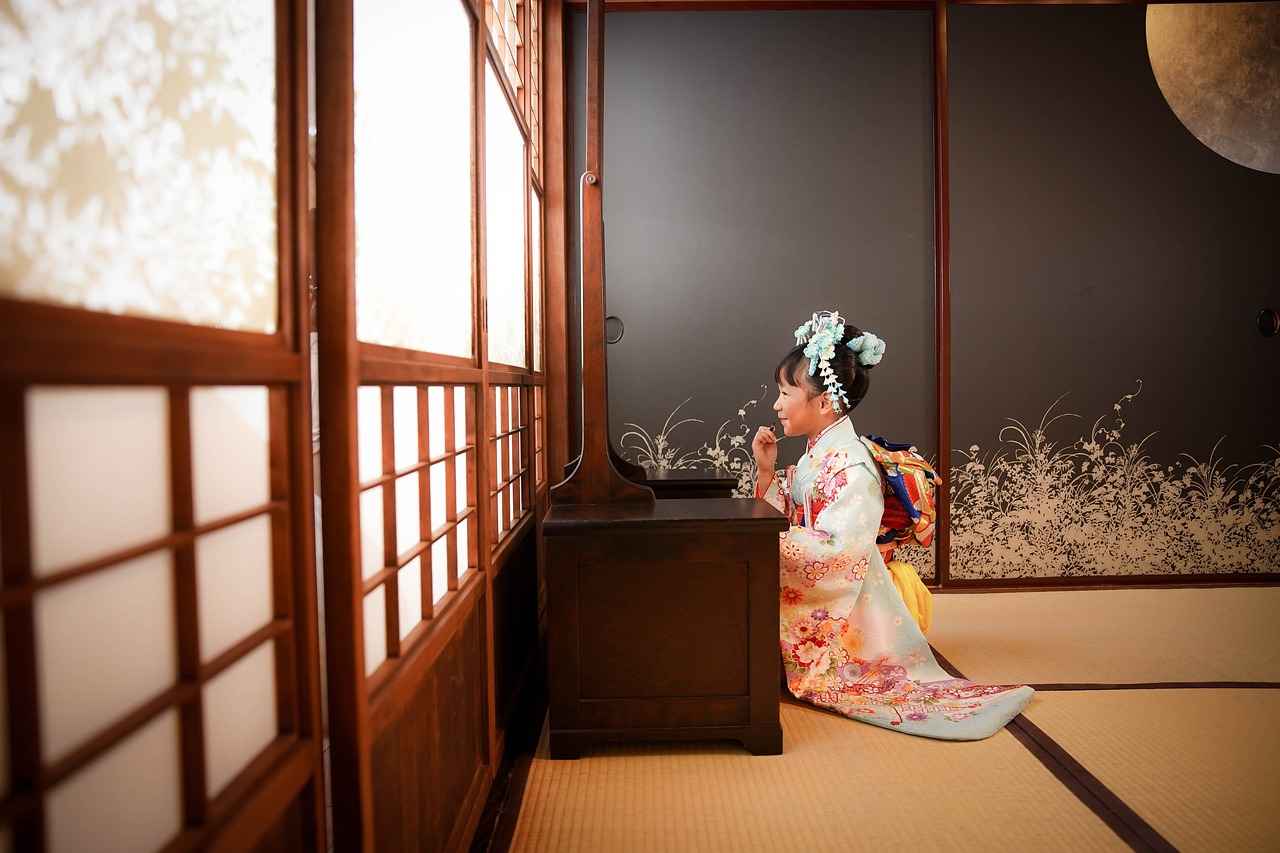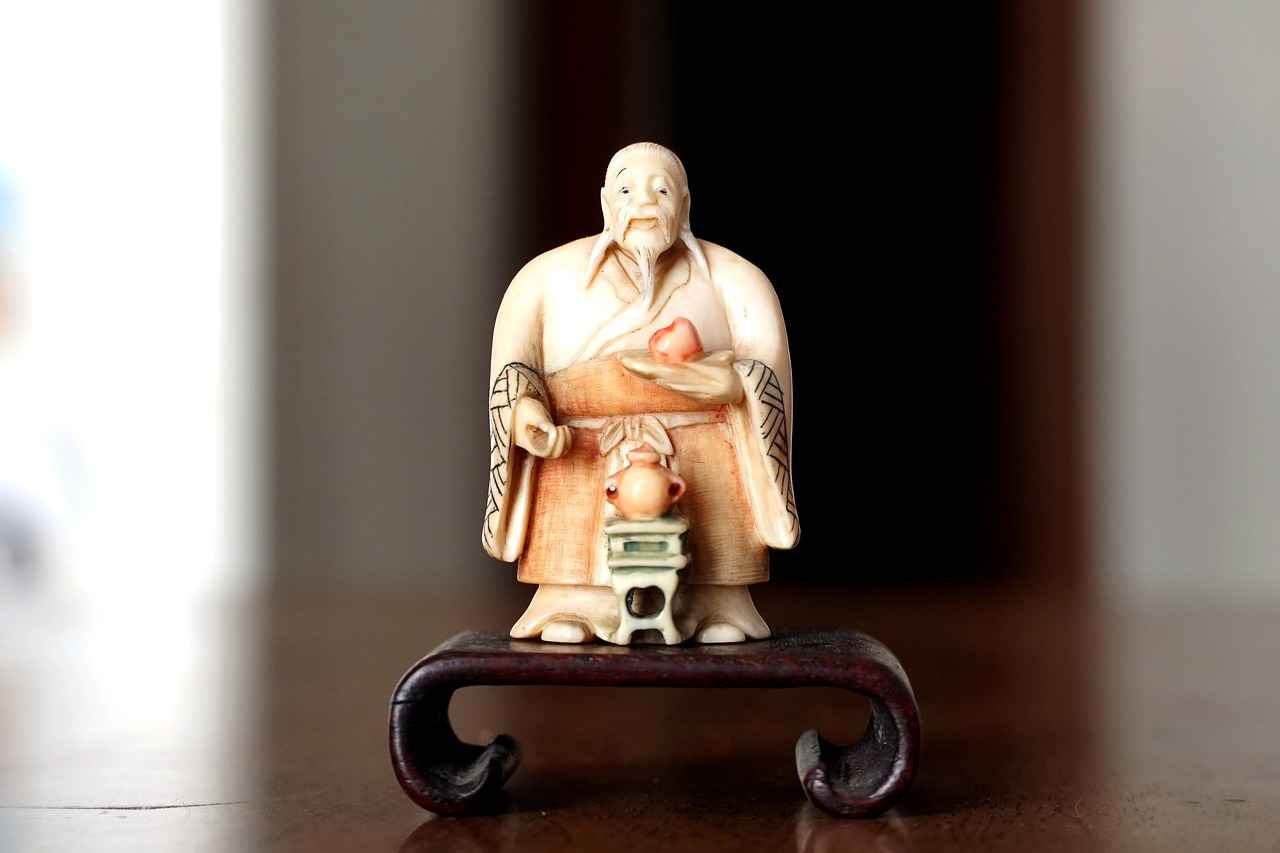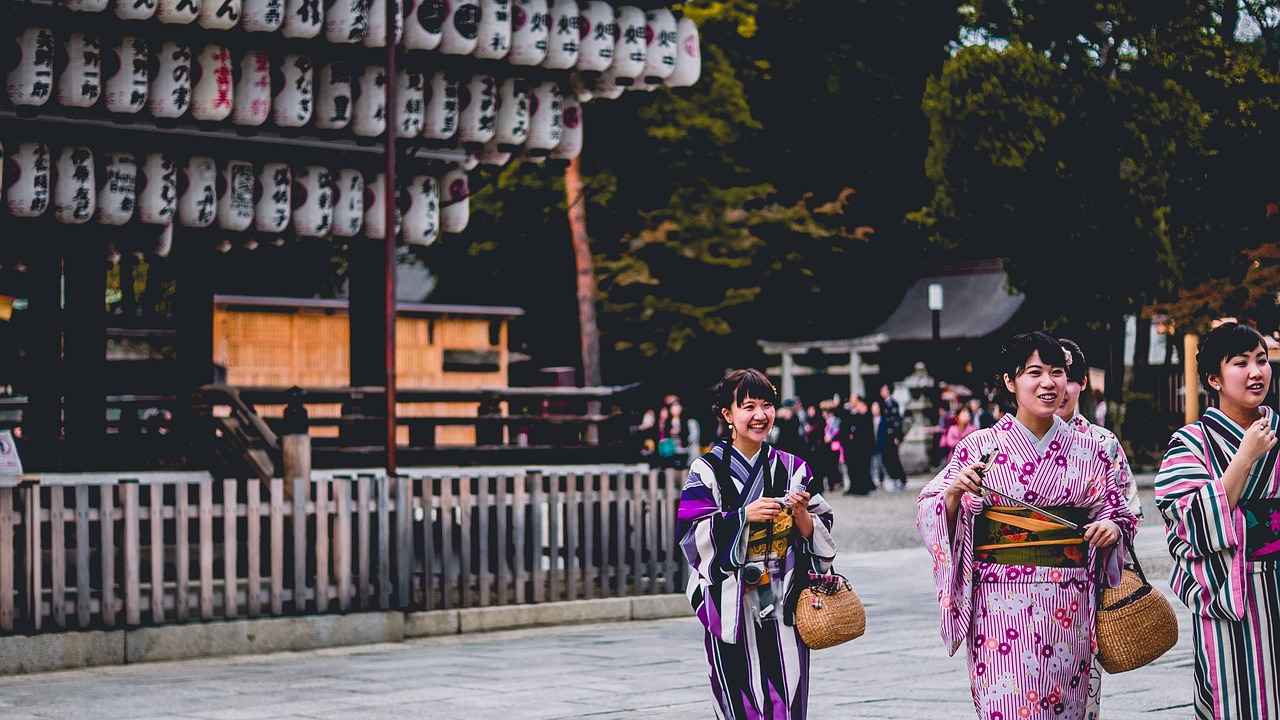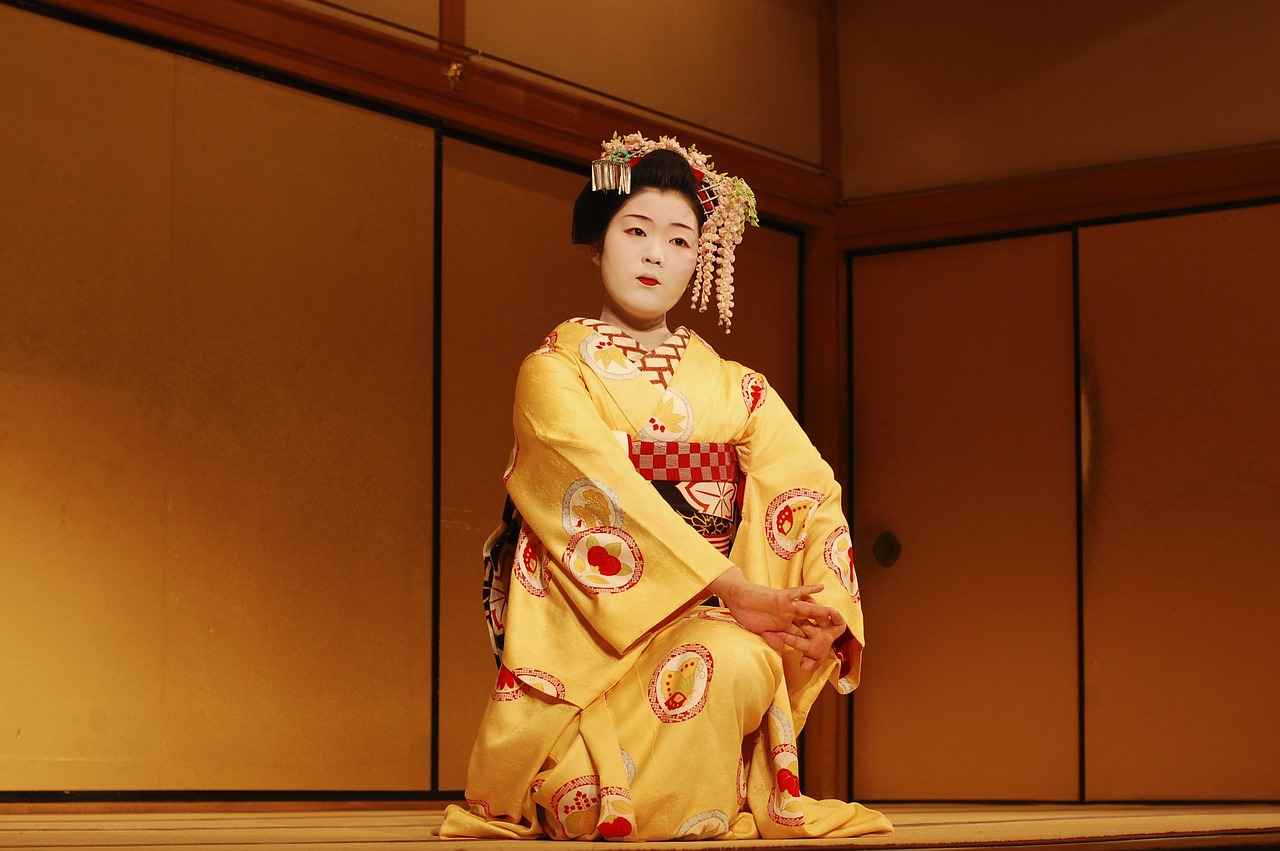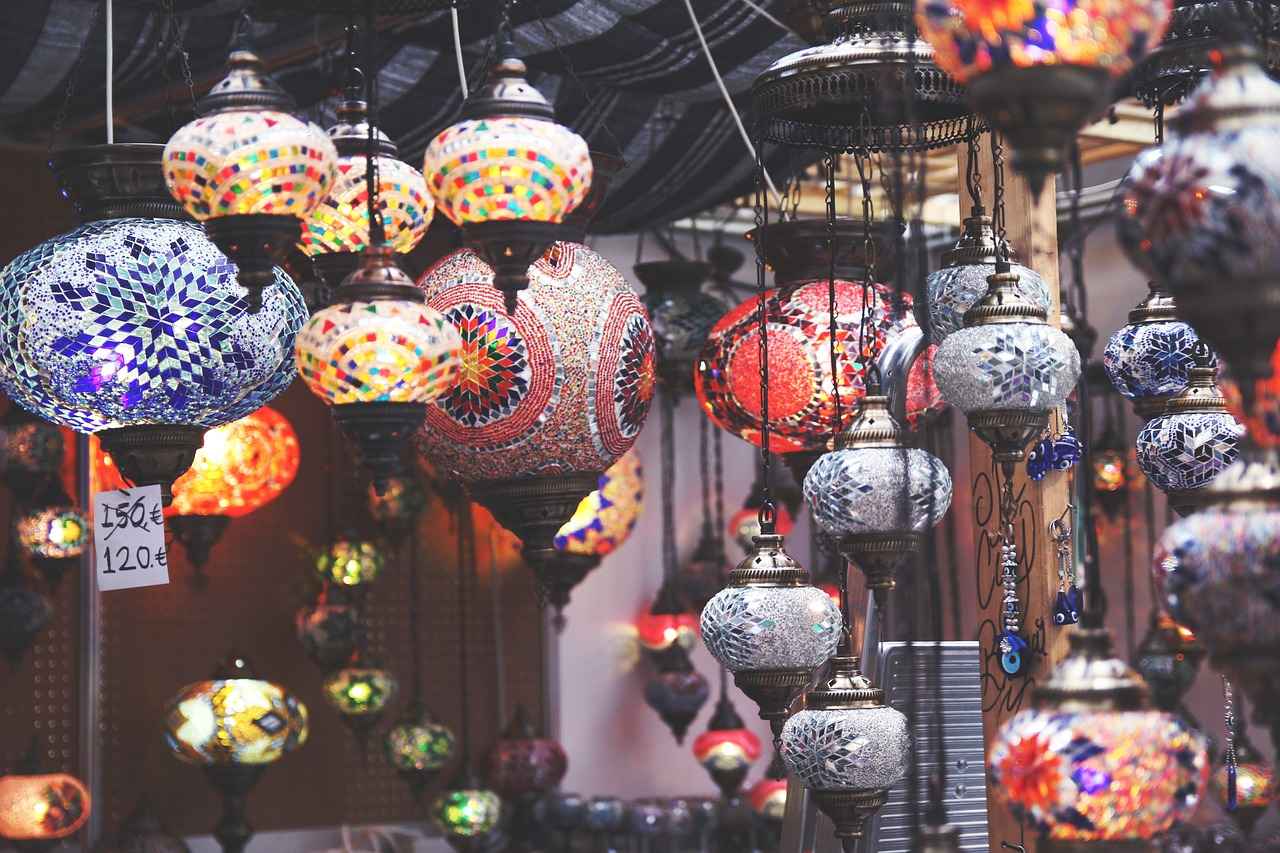This article serves as a comprehensive guide on how to wear a kimono for a tea ceremony. It covers various styles, essential accessories, and practical tips to ensure you have an authentic experience.
Understanding the Kimono
The kimono is a traditional Japanese garment with deep cultural significance, particularly in tea ceremonies. Its various styles reflect the rich history and artistry of Japan. The kimono is not merely clothing; it embodies tradition, respect, and the spirit of the tea ceremony.
Choosing the Right Kimono
Selecting the appropriate kimono is crucial for the tea ceremony. Different types of kimonos suit various occasions, and understanding these distinctions can enhance your experience.
- Furisode: This formal kimono, with its long sleeves and vibrant colors, is ideal for special occasions.
- Tomesode: Typically worn by married women, this elegant option features shorter sleeves and more subdued colors.
- Yukata: A casual summer kimono, perfect for informal gatherings.
Essential Accessories for Your Kimono
Accessories play a vital role in completing your kimono look. Here are some key items to consider:
- Obi: The sash that ties the kimono together, available in various styles.
- Obijime and Obidome: Decorative cords and clips that enhance the obi’s appearance.
Step-by-Step Guide to Wearing a Kimono
To wear a kimono properly, follow these steps:
- Preparing the Kimono: Ensure your kimono is neatly folded and laid out for easy dressing.
- Dressing in Layers: Understand the order of layering garments for the best fit.
Tips for an Authentic Tea Ceremony Experience
Enhancing your tea ceremony experience involves understanding etiquette and practicing mindfulness:
- Tea Ceremony Etiquette: Familiarize yourself with essential gestures and greetings.
- Practicing Mindfulness: Embody respect and tranquility throughout the ceremony.
In conclusion, wearing a kimono for a tea ceremony is not just about the attire; it’s about embracing a rich cultural tradition. By following this guide, you can ensure that your experience is both authentic and respectful.
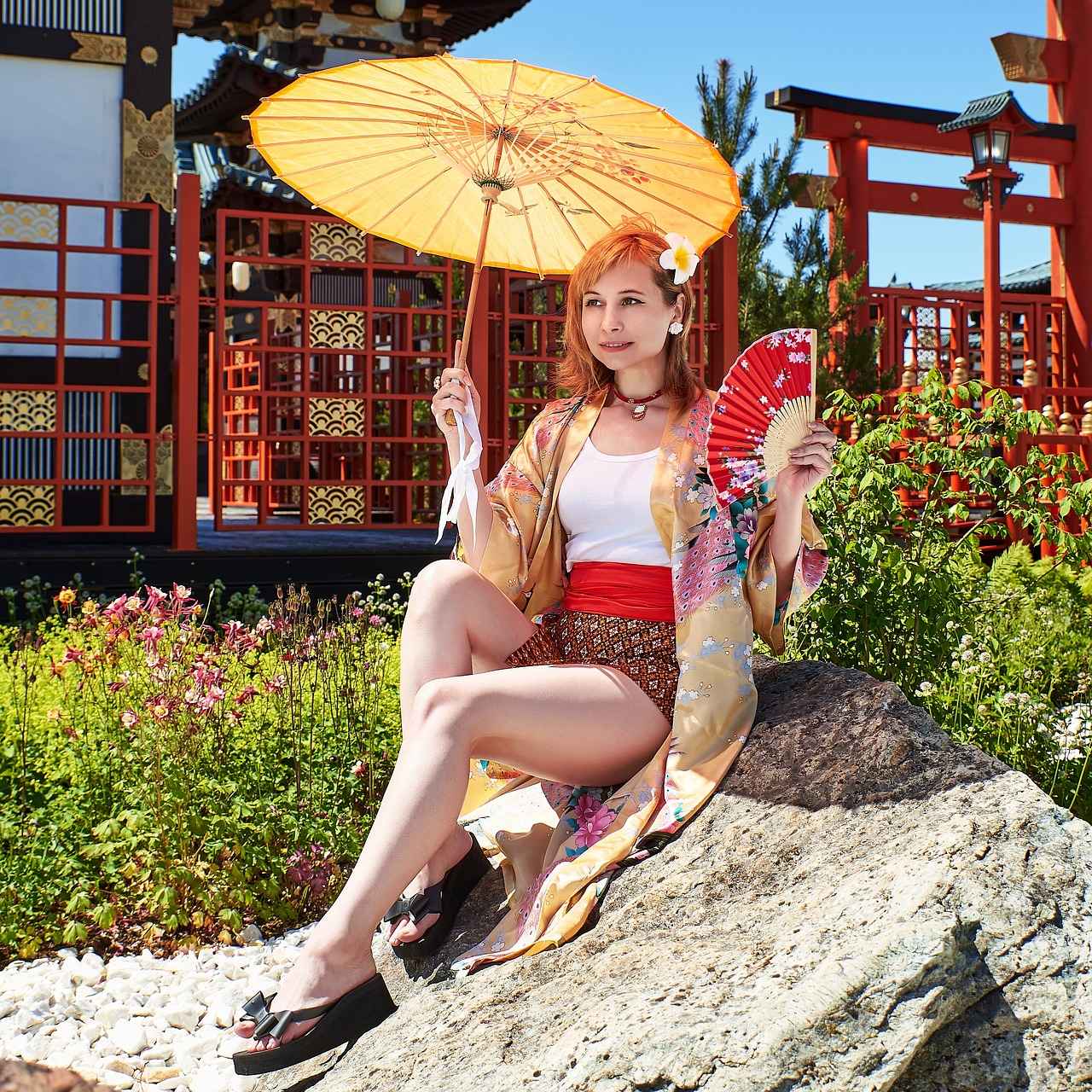
Understanding the Kimono
The kimono is more than just a garment; it is a profound symbol of Japanese culture and history. Originating over a thousand years ago, this traditional attire has evolved through the ages, reflecting the social status, aesthetic values, and cultural practices of the time. Its intricate designs and elaborate patterns often tell stories of nature, seasons, and historical events, making the kimono a living piece of art.
One of the most significant roles the kimono plays is in the context of the tea ceremony, known as chanoyu. This ritual emphasizes harmony, respect, purity, and tranquility, values that are deeply embedded in Japanese culture. The choice of kimono for these ceremonies is crucial, as it not only represents the wearer’s personal style but also aligns with the formality and spirit of the occasion.
There are various styles of kimonos, each serving a different purpose. For instance:
- Furisode: Characterized by long sleeves, this style is typically worn by young, unmarried women during formal events.
- Tomesode: Often worn by married women, tomesode kimonos have shorter sleeves and are usually adorned with more subdued colors, making them suitable for tea ceremonies.
- Yukata: A casual summer kimono made of cotton, often worn during festivals and informal gatherings.
When selecting a kimono for a tea ceremony, it is essential to consider not just the style but also the fabric and patterns. Traditional fabrics like silk, with their rich textures and vibrant colors, add to the overall aesthetic of the ceremony. Patterns can symbolize various themes, such as cherry blossoms for spring or waves for tranquility.
In conclusion, the kimono is an integral part of Japanese culture, particularly within the context of tea ceremonies. Its various styles and rich history contribute to a deeper understanding of Japanese traditions and the values they embody.

Choosing the Right Kimono
Selecting the appropriate kimono for a tea ceremony is crucial for honoring this traditional Japanese practice. The kimono not only reflects the wearer’s personal style but also aligns with the ceremony’s formalities. In this section, we will explore various types of kimonos and their suitability for different occasions, ensuring you make an informed choice.
| Type of Kimono | Description | Occasions |
|---|---|---|
| Furisode | Characterized by long sleeves and vibrant colors, ideal for young women. | Formal ceremonies, weddings, and special celebrations. |
| Tomesode | Features shorter sleeves and is typically worn by married women, often in subdued colors. | Tea ceremonies, formal gatherings, and family events. |
| Yukata | A casual cotton kimono, often worn in summer festivals. | Informal tea ceremonies and summer events. |
When choosing a kimono, consider the season and the formality of the event. For instance, a Furisode is perfect for a grand celebration, while a Tomesode is more suitable for a serene tea ceremony. Additionally, the fabric and patterns play a significant role; silk kimonos are often preferred for formal occasions, while cotton kimonos like the Yukata are great for casual settings.
Ultimately, the right kimono enhances your experience and respect for the tradition of the tea ceremony. By understanding the different types and their appropriate contexts, you can confidently select a kimono that embodies the essence of this beautiful cultural practice.
Types of Kimonos
When it comes to the traditional Japanese garment known as the kimono, understanding the different types is essential, especially when preparing for a tea ceremony. Each type of kimono has its own unique characteristics and is suited for specific occasions. Here, we will explore three primary types: Furisode, Tomesode, and Yukata, along with guidance on when to wear each for a tea ceremony.
- Furisode: This kimono is distinguished by its long sleeves, which can reach up to 100 cm. Typically worn by young, unmarried women, Furisode is vibrant and colorful, making it perfect for formal events and celebratory occasions. Wearing a Furisode to a tea ceremony signifies a festive atmosphere.
- Tomesode: Generally worn by married women, Tomesode kimonos feature shorter sleeves and are often more subdued in color. They usually come in two styles: kuro-tomesode (black with colorful designs) and iro-tomesode (colored with patterns). Tomesode is considered elegant and appropriate for formal tea ceremonies, especially when hosted by family or during significant celebrations.
- Yukata: A casual summer kimono, Yukata is typically made of cotton and features vibrant patterns. It is lightweight and comfortable, making it ideal for informal settings. While not traditionally worn for formal tea ceremonies, Yukata can be appropriate for outdoor summer events or casual gatherings.
Understanding these types of kimonos will help you choose the right attire for your next tea ceremony, ensuring that you respect the traditions and cultural significance associated with this beautiful garment.
Furisode: The Formal Choice
Furisode kimonos hold a significant place in Japanese culture, particularly noted for their long sleeves and vibrant colors. These beautiful garments are traditionally worn by young, unmarried women during formal ceremonies and special occasions, such as weddings, coming-of-age celebrations, and tea ceremonies. Their elaborate designs and rich colors symbolize youth and vitality, making them a popular choice for significant life events.
Historically, the Furisode has evolved from simpler designs to intricate patterns, often adorned with floral motifs, seasonal themes, and symbolic representations. The choice of colors and patterns can convey various meanings, reflecting the wearer’s personality and the occasion’s significance. For instance, bright reds and pinks may represent joy and celebration, while deeper hues like blue or purple can symbolize elegance and sophistication.
When selecting a Furisode, it’s essential to consider the fabric quality and style. High-quality silk is the most common fabric, providing a luxurious feel and vibrant color retention. The way the kimono is worn also plays a crucial role in its overall appearance. Proper layering and the right accessories, such as a beautifully tied obi (sash), are vital to achieve a polished look.
In addition to the visual appeal, wearing a Furisode is also about embracing the cultural significance behind it. During a tea ceremony, for example, the choice of kimono reflects respect for tradition and enhances the overall experience. The flowing sleeves of the Furisode allow for graceful movements, which are essential in the delicate rituals of the tea ceremony.
In conclusion, the Furisode is not just a garment; it embodies a rich cultural heritage and serves as a canvas for artistic expression. Whether you are attending a formal event or participating in a traditional tea ceremony, choosing a Furisode can elevate your experience and connect you to the rich history of Japanese customs.
Tomesode: The Elegant Option
Tomesode kimonos hold a special place in Japanese culture, particularly for married women. These elegant garments are characterized by their shorter sleeves and more subdued colors, making them ideal for formal occasions such as tea ceremonies. Unlike the more vibrant Furisode, which is worn by unmarried women, Tomesode exudes a sense of sophistication and maturity.
The design of a Tomesode often features intricate patterns and motifs that convey various meanings, such as family heritage and seasonal themes. The choice of color is also significant; deeper hues like navy, dark green, and burgundy are prevalent, often symbolizing elegance and refinement.
When selecting a Tomesode for a tea ceremony, it is essential to consider the occasion and the specific etiquette associated with it. A well-chosen Tomesode not only enhances the wearer’s appearance but also pays respect to the traditions of the ceremony. Accessories play a crucial role in completing the look. The obi, or sash, is typically wide and beautifully adorned, while obijime and obidome add a touch of elegance to the ensemble.
Wearing a Tomesode requires some preparation. It’s important to dress in layers, starting with an undergarment known as juban, followed by the kimono itself, and finally securing it with the obi. This layered approach not only ensures a comfortable fit but also maintains the garment’s traditional structure.
In conclusion, the Tomesode kimono is an elegant choice for tea ceremonies, embodying both tradition and sophistication. By understanding its significance and adhering to proper dressing techniques, one can fully embrace the cultural essence of this beautiful garment.
Fabric and Patterns
The fabric and patterns of a kimono are crucial elements that can significantly influence its appropriateness for a tea ceremony. Traditional kimonos are made from a variety of materials, each contributing to the garment’s overall aesthetic and cultural significance.
- Silk: This luxurious fabric is the most common choice for formal kimonos. Its smooth texture and ability to hold vibrant colors make it ideal for special occasions, including tea ceremonies. Silk kimonos often feature intricate patterns that symbolize good fortune and prosperity.
- Cotton: A more casual option, cotton kimonos are typically worn during warmer months or informal gatherings. They are lighter and easier to manage, making them suitable for outdoor tea ceremonies.
- Polyester: While not traditional, polyester kimonos have gained popularity due to their durability and affordability. They often mimic the appearance of silk and can be found in a range of designs.
When it comes to patterns, the choice can convey different messages and emotions. For instance:
- Floral Patterns: Commonly associated with spring, floral designs symbolize beauty and renewal, making them a popular choice for tea ceremonies.
- Geometric Patterns: These designs often reflect stability and balance, resonating well with the meditative aspects of a tea ceremony.
- Seasonal Themes: Kimonos featuring seasonal motifs can enhance the ambiance of the ceremony, aligning the attire with nature’s cycles.
Ultimately, selecting the right fabric and pattern is essential for honoring the tradition of the tea ceremony. A well-chosen kimono not only enhances the wearer’s experience but also respects the cultural significance of this cherished ritual.
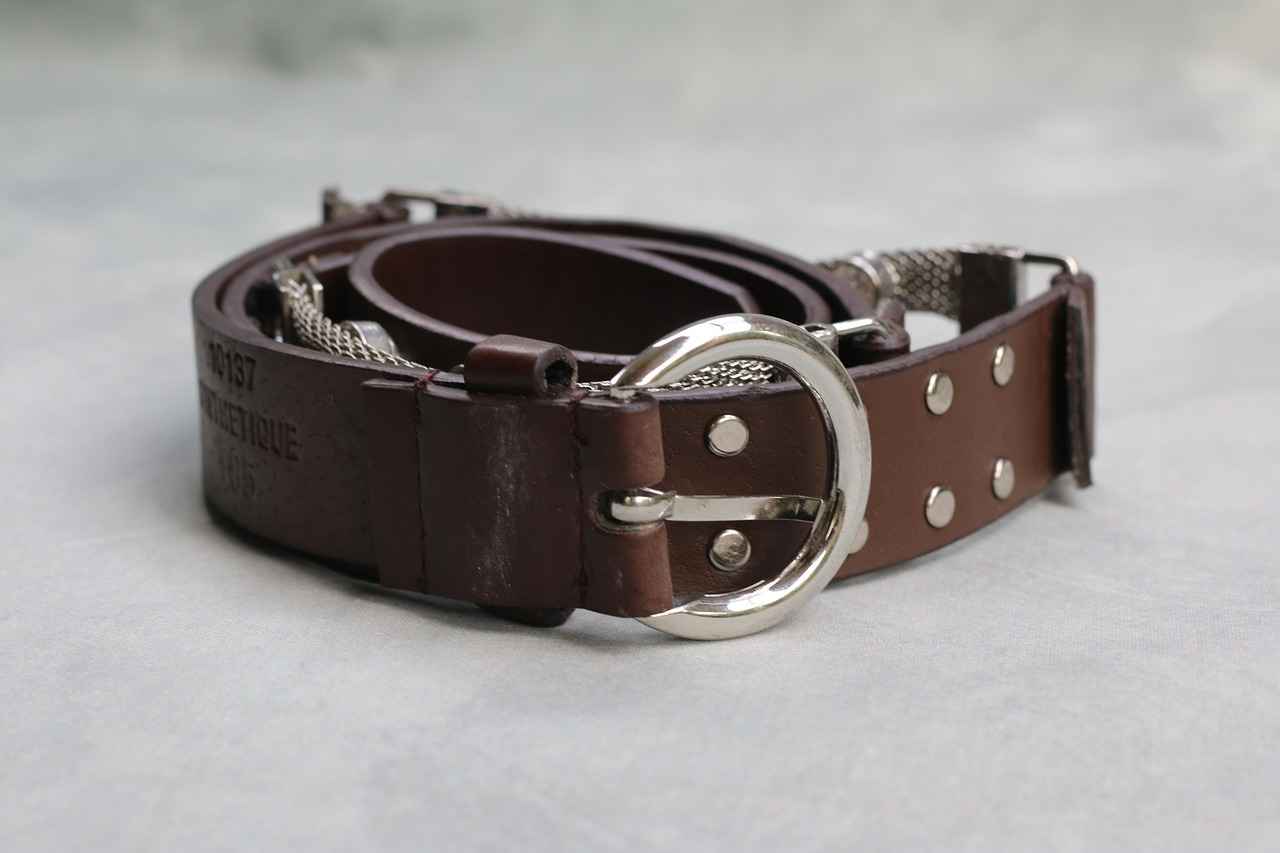
Essential Accessories for Your Kimono
When it comes to wearing a kimono for a tea ceremony, the right accessories are essential in achieving a complete and authentic look. These accessories not only enhance the overall appearance but also reflect the rich cultural heritage associated with this traditional attire. Below are some key accessories that every kimono wearer should consider:
- Obi: The obi is a wide sash that secures the kimono in place, playing a vital role in the overall silhouette. There are various styles of obi, including haneri and fukuro obi, each suited for different occasions. Properly tying the obi is crucial; it should be snug yet comfortable, allowing for ease of movement during the tea ceremony.
- Obijime: This decorative cord is tied around the obi to add an extra layer of elegance. Obijime comes in various colors and patterns, allowing for personalization. Choosing an obijime that complements the kimono can enhance the visual appeal significantly.
- Obidome: An obidome is a decorative clip that holds the obijime in place. It can be made from materials like metal or fabric and often features intricate designs. This accessory not only serves a practical purpose but also adds a touch of sophistication to the ensemble.
- Haneri: This is a small collar worn over the kimono collar. Haneri can be made from contrasting fabrics or patterns, providing a unique flair. It is typically worn for special occasions, including tea ceremonies, where presentation matters.
- Koshihimo: These are thin ties used to secure the kimono underneath the obi. They help maintain the structure of the garment, ensuring it sits properly on the body. Koshihimo should be chosen in colors that either match or complement the kimono.
- Geta or Zori: Footwear is also an important aspect of the kimono outfit. Geta are traditional wooden sandals, while zori are flat sandals made from materials like straw or fabric. The choice of footwear can affect comfort and style, so it’s essential to select a pair that complements the overall look.
In conclusion, these accessories are not just functional; they are integral to the aesthetic and cultural significance of wearing a kimono. Selecting the right accessories can enhance your experience during the tea ceremony, allowing you to fully embrace this beautiful tradition.
Obi: The Sash that Completes the Look
The obi is a vital component of kimono attire, serving not only as a functional piece but also as a decorative element that enhances the overall appearance of the kimono. Understanding the different styles of obi and mastering the art of tying them can significantly elevate your look, especially during traditional events such as tea ceremonies.
There are several styles of obi, each with its unique characteristics and purposes. Here are some of the most popular types:
- Fukuro Obi: This is a formal obi often worn during ceremonies. It is wide and typically features intricate designs.
- Hanhaba Obi: A half-width obi that is more casual, making it suitable for everyday wear or informal occasions.
- Nagoya Obi: This style is a hybrid, featuring a wider section at one end, making it easy to tie and ideal for both formal and casual settings.
- Obiage and Obijime: These are additional accessories that complement the obi, adding layers of elegance and style.
Tying an obi correctly is crucial for achieving a polished appearance. Here’s a step-by-step guide:
1. Start by wrapping the obi around your waist, ensuring it sits comfortably.2. Cross the ends at your back, pulling them tight without causing discomfort.3. Bring the ends to the front, and create a bow or knot of your choice.4. Adjust the obi to ensure it is symmetrical and sits flat against your kimono.
With practice, tying an obi can become a swift and enjoyable process. Remember, the obi not only holds the kimono in place but also serves as a beautiful focal point of your outfit. Choosing the right style and mastering the tying technique will ensure you look both traditional and elegant during your next tea ceremony.
Obijime and Obidome
Obijime and obidome are essential accessories that elevate the elegance of a kimono, particularly during traditional events such as tea ceremonies. These decorative cords and clips not only serve a functional purpose but also add a touch of sophistication to the overall attire.
When selecting obijime, it is important to consider the color and material. The obijime should complement the kimono’s color palette while enhancing its visual appeal. For instance, if you are wearing a kimono with a floral pattern, opt for an obijime that features subtle colors drawn from the design. Silk is a popular choice for obijime due to its luxurious feel and sheen, making it an ideal option for formal occasions.
Obidome, on the other hand, is a decorative clip that secures the obijime in place. It comes in various designs, from simple to ornate, allowing for personal expression. When choosing an obidome, consider the style of the kimono and the obijime. A more intricate obidome can enhance a plain kimono, while a minimalist design works well with more elaborate patterns.
To style these accessories effectively, follow these tips:
- Match Colors: Ensure that the colors of the obijime and obidome harmonize with your kimono.
- Consider Occasion: For formal ceremonies, choose more sophisticated designs; for casual events, opt for simpler styles.
- Layering: Properly layer the obijime over the obi to maintain a polished look.
In conclusion, obijime and obidome are not just decorative elements but essential components that enhance the beauty and authenticity of kimono attire. By choosing the right accessories and styling them thoughtfully, you can achieve a graceful and elegant appearance for any traditional event.
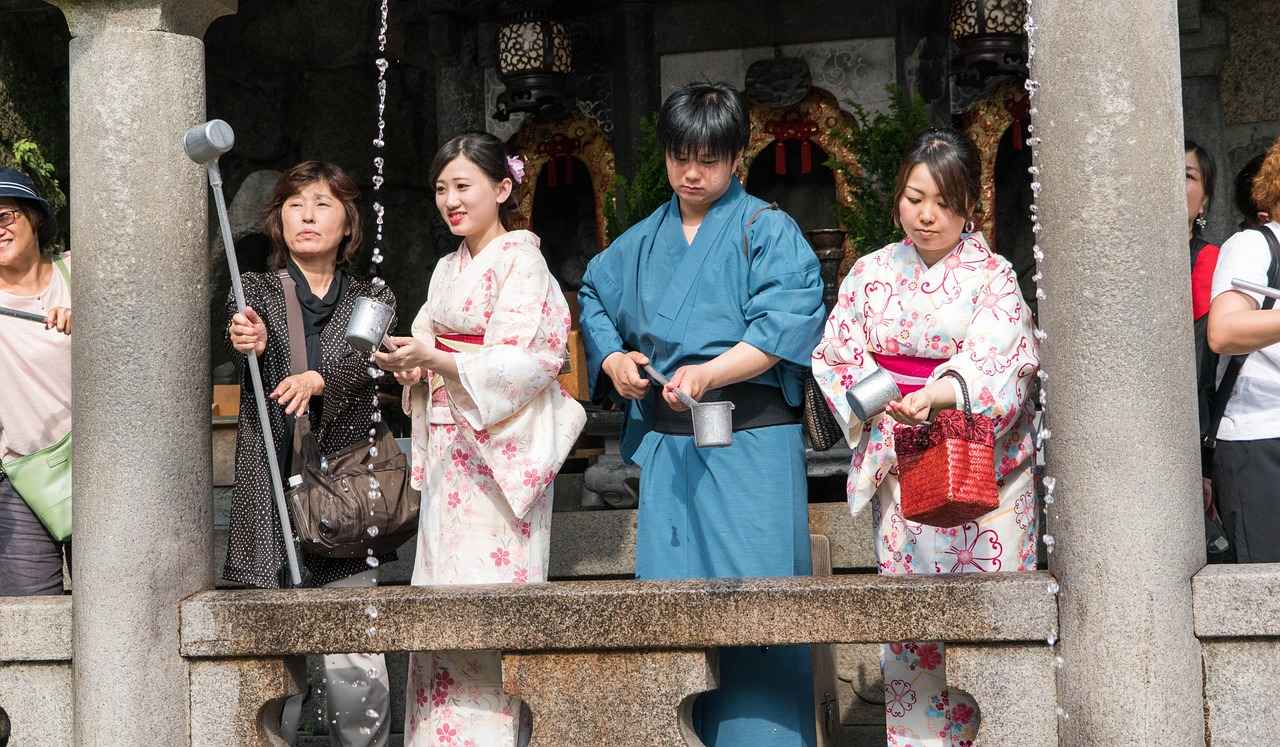
Step-by-Step Guide to Wearing a Kimono
Wearing a kimono can seem daunting, but with the right approach, you can achieve an authentic and respectful look, especially for a tea ceremony. This guide will walk you through the essential steps to wear a kimono properly.
- Preparation: Start by selecting a clean and well-pressed kimono. Lay it out flat on a clean surface, ensuring that it is free of wrinkles.
- Undergarments: Wear appropriate undergarments such as a juban (a kimono undergarment) to protect the outer kimono from sweat and oils. This layer also adds comfort.
- Putting on the Kimono: Begin by slipping your arms into the kimono sleeves. Ensure that the back of the kimono is aligned with your spine for a neat appearance.
- Adjusting Length: Hold the bottom of the kimono and adjust it to the desired length. The hem should ideally sit just above your ankles.
- Securing the Kimono: Use a koshi-himo (a thin sash) to secure the kimono at your waist. Tie it snugly but not too tight, allowing for comfortable movement.
- Adding the Obi: The obi is the wide sash that completes your look. Wrap it around your waist, ensuring it sits flat and secure. There are various styles to tie the obi, so choose one that suits your occasion.
- Finishing Touches: Add any additional accessories such as obijime (decorative cords) and obidome (ornamental clips) to enhance the elegance of your outfit.
Following these steps will not only help you wear a kimono correctly but also allow you to appreciate the rich cultural heritage associated with this traditional garment. Remember, practice makes perfect, so don’t hesitate to try on your kimono several times before your tea ceremony!
Preparing the Kimono
Before you can wear your kimono for a tea ceremony, it is crucial to ensure that it is properly prepared. This preparation not only facilitates easy dressing but also respects the cultural significance of this traditional garment. Here are the essential steps to follow:
- Folding the Kimono: Start by laying the kimono flat on a clean surface. Fold the kimono in half lengthwise, aligning the sleeves and edges neatly. This step is vital for preventing wrinkles and ensuring the fabric lays smoothly.
- Laying Out the Components: Gather all necessary components of your kimono outfit, including the obi (sash), haneri (collar), and any accessories. Lay them out in the order you will wear them to streamline the dressing process.
- Checking for Creases: Inspect the kimono for any creases or folds that may have formed during storage. If necessary, use a garment steamer on a low setting to gently remove wrinkles, taking care not to damage the fabric.
- Arranging Accessories: Organize your accessories such as obijime and obidome in a way that they are easily accessible. This will help you put together your outfit more efficiently.
By following these steps, you will not only make the dressing process smoother but also enhance your overall experience during the tea ceremony. A well-prepared kimono reflects respect for tradition and attention to detail, setting the tone for a meaningful event.
In conclusion, taking the time to prepare your kimono thoughtfully is an essential part of the dressing process. It ensures that you are ready to embrace the beauty and significance of the tea ceremony with confidence and grace.
Dressing in Layers
is an essential technique when wearing a kimono, especially for traditional events like tea ceremonies. This method not only enhances the aesthetic appeal of the garment but also ensures comfort and proper fit. Understanding the correct order and technique for layering can significantly elevate your kimono experience.
To begin, it is important to start with a base layer. Typically, this consists of a kimono undergarment known as the juban. The juban is worn directly against the skin and serves to protect the kimono from sweat and body oils, as well as providing an additional layer of warmth. Choose a juban that is comfortable and fits well, as this will set the foundation for the rest of your outfit.
Next, the kimono itself is put on. When selecting a kimono, consider the occasion and the fabric. For tea ceremonies, a more formal kimono is often preferred. Be sure to align the edges of the kimono correctly—left over right is the standard for women, while men wear theirs right over left.
After the kimono, the obi, or sash, is tied around the waist. This is a crucial component that not only secures the kimono but also adds a decorative element to your outfit. There are various styles of obi, so choose one that complements your kimono in both color and design.
To finish the layered look, consider adding accessories such as obijime (decorative cords) and obidome (obi clips). These not only enhance the visual appeal but also help to keep your obi in place. Remember, layering is not just about aesthetics; it’s also about functionality and ensuring that each piece works harmoniously together.
In conclusion, mastering the art of layering when wearing a kimono is vital for both appearance and comfort. By following the proper order and techniques, you can achieve a polished and respectful look that honors the traditions of Japanese culture.
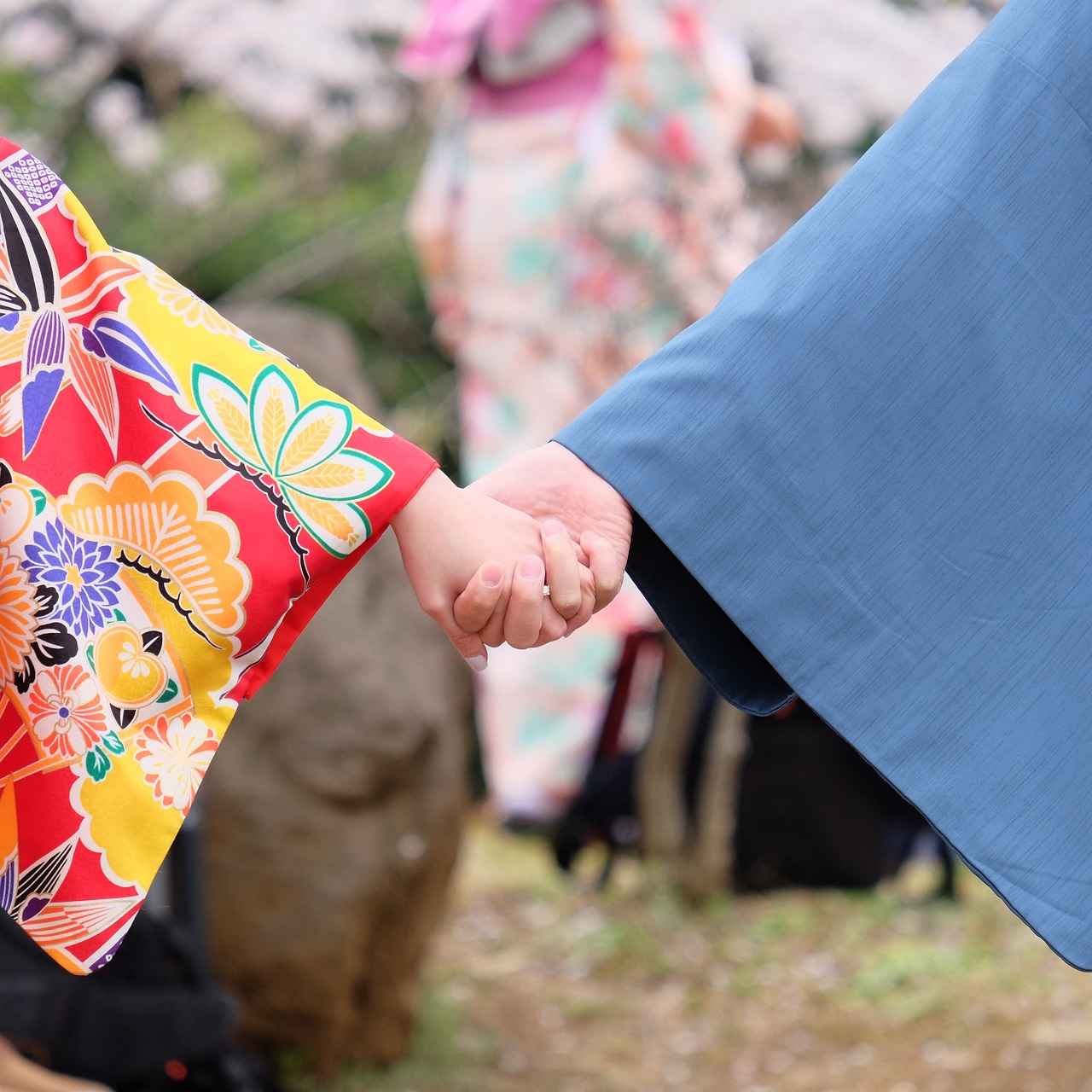
Tips for an Authentic Tea Ceremony Experience
Enhance your tea ceremony experience with practical tips on etiquette, posture, and interaction, ensuring you honor the tradition fully. The tea ceremony, or chanoyu, is not just about drinking tea; it is a profound cultural ritual that emphasizes harmony, respect, purity, and tranquility.
- Understanding Etiquette: Begin by familiarizing yourself with the essential etiquette. This includes greeting the host and guests with a respectful bow, and using polite language throughout the ceremony. Remember that every gesture counts.
- Posture and Presence: Maintain a calm and composed posture. Sit cross-legged or in seiza (traditional Japanese sitting posture) to show respect. Your body language should reflect the peaceful nature of the ceremony.
- Mindful Interaction: Engage in mindful interaction with both the tea and the participants. When receiving the tea, hold the bowl with both hands and admire its beauty before taking a sip. This reflects appreciation for the effort that went into the preparation.
- Focus on the Experience: Leave distractions behind. Put away your phone and immerse yourself in the moment. The tea ceremony is a time for reflection and connection, so embrace the tranquility it offers.
- Respect the Ritual: Each step of the tea ceremony is significant. Pay attention to the movements of the host and mirror their actions where appropriate. This shows respect for the tradition and enhances your understanding of its significance.
By following these tips, you can ensure that your participation in a tea ceremony is authentic and respectful. Remember, every detail matters, from your attire to your demeanor, making the experience meaningful for everyone involved.
Understanding Tea Ceremony Etiquette
is crucial for anyone participating in this beautiful tradition. The tea ceremony, or chanoyu, is not merely about drinking tea; it is a profound ritual steeped in history, mindfulness, and respect. To fully appreciate the experience, one must familiarize themselves with the essential etiquette that governs this art form.
First and foremost, greetings play a significant role in the tea ceremony. Upon entering the tea room, it is customary to bow slightly to show respect to the host and other guests. This simple gesture sets the tone for the event and demonstrates your appreciation for the occasion.
Next, gestures during the ceremony are equally important. When receiving the tea bowl, hold it with both hands and turn it slightly to the right before taking a sip. This act symbolizes respect for the craftsmanship of the bowl and the effort put into preparing the tea. After enjoying the tea, it is polite to express gratitude to the host with a simple phrase like “Thank you for the delicious tea.”
Moreover, mindfulness is a core principle of the tea ceremony. Participants are encouraged to be present in the moment, focusing on the sensory experience of the tea, the aesthetics of the surroundings, and the interactions with fellow guests. This mindfulness fosters a sense of tranquility and connection, enhancing the overall experience.
| Etiquette Element | Description |
|---|---|
| Greetings | Bowing to show respect upon entering. |
| Gestures | Receiving and turning the tea bowl. |
| Mindfulness | Being present and appreciating the moment. |
In conclusion, embracing the etiquette of a tea ceremony not only honors the tradition but also enriches your experience. By understanding the significance of greetings, gestures, and mindfulness, you can fully immerse yourself in this serene and beautiful practice.
Practicing Mindfulness and Respect
is essential in the context of a tea ceremony, where the act of serving and enjoying tea transcends mere consumption and becomes a profound ritual. This practice is deeply rooted in Japanese culture, emphasizing the importance of being present in the moment and honoring the traditions that have been passed down through generations.
To truly embody mindfulness during a tea ceremony, one must approach the experience with a sense of tranquility and respect. Here are several key aspects to consider:
- Awareness of Surroundings: Take a moment to observe your environment. Appreciate the beauty of the tea room, the arrangement of utensils, and the presence of your fellow participants.
- Focus on the Present: Let go of distractions and immerse yourself in the experience. Concentrate on the aroma of the tea, the sound of water boiling, and the delicate movements of the host.
- Respect for Tradition: Acknowledge the history and significance of the tea ceremony. Each gesture, from the way tea is poured to the manner in which the cup is presented, carries meaning and should be performed with care.
- Attentive Interaction: Engage with others respectfully. Listen actively and respond thoughtfully, creating a harmonious atmosphere that enhances everyone’s experience.
- Gratitude: Express appreciation for the tea, the host, and the shared moment. A simple bow or a few kind words can go a long way in fostering a spirit of gratitude.
By incorporating these practices into your tea ceremony, you not only enhance your own experience but also contribute positively to the atmosphere shared with others. Mindfulness and respect are not just ideals; they are actions that create a deeper connection to the ritual of tea, enriching the experience for all involved.
Frequently Asked Questions
- What type of kimono should I wear for a tea ceremony?
Choosing the right kimono is crucial! For formal tea ceremonies, a Furisode is ideal due to its long sleeves and vibrant colors. If you’re married, a Tomesode is a more elegant choice with shorter sleeves and subdued colors.
- How do I properly wear a kimono?
Wearing a kimono involves a few steps. Start by laying out your kimono flat. Then, dress in layers, ensuring each piece is correctly positioned. Don’t forget to tie the obi properly to complete your look!
- What accessories do I need for my kimono?
Accessories are key to a polished appearance! Essential items include the obi, which is the sash, as well as decorative cords like obijime and clips called obidome. These add elegance and style to your outfit.
- What is the etiquette during a tea ceremony?
Etiquette is super important in tea ceremonies! Remember to greet participants respectfully, maintain a calm demeanor, and practice mindfulness throughout the experience to honor the tradition.
- Can I wear a kimono if I’m not Japanese?
Absolutely! Anyone can wear a kimono, regardless of their background. Just be mindful of the cultural significance and wear it with respect during events like tea ceremonies.
